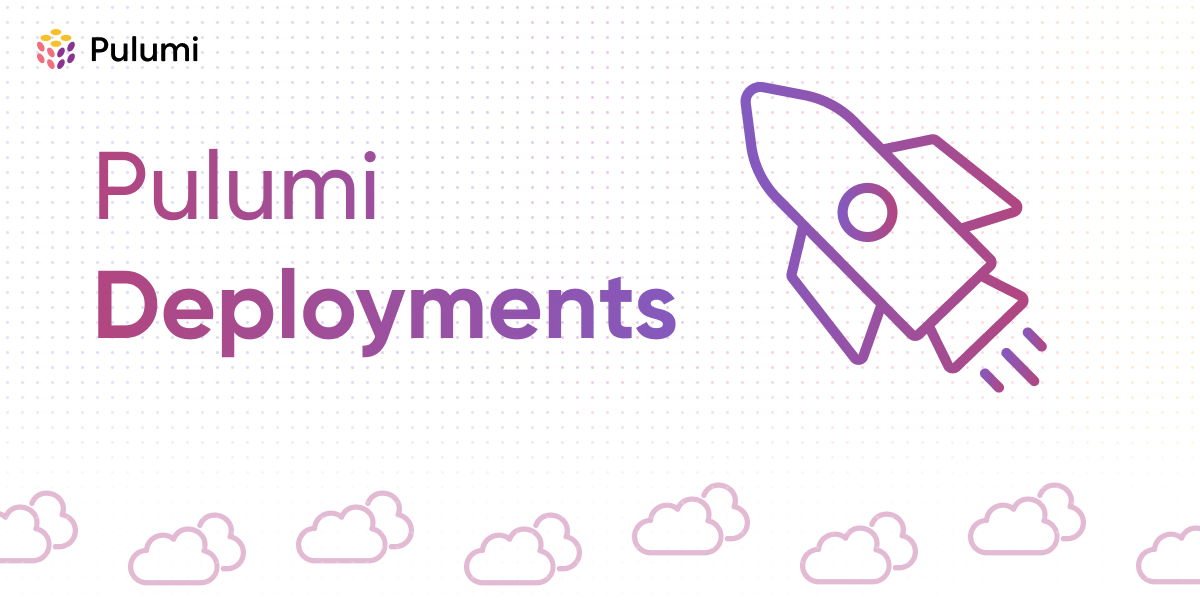Next-level IaC: How Pulumi Supports Your API Economy Strategy

When I am talking with community members, who are not using Pulumi yet, I often get asked what would be a good way to include their Infrastructure as Code (IaC) into existing software like a REST API. And my answer is always the same: Use our Pulumi Automation API.
With the Pulumi Automation API you can include Pulumi IaC into your existing software, and this for any of the Pulumi supported programming languages like TypeScript, Python, Go, or C#. This gives you a greater flexibility and control, which you will not have with other IaC tools like CloudFormation or Terraform.








